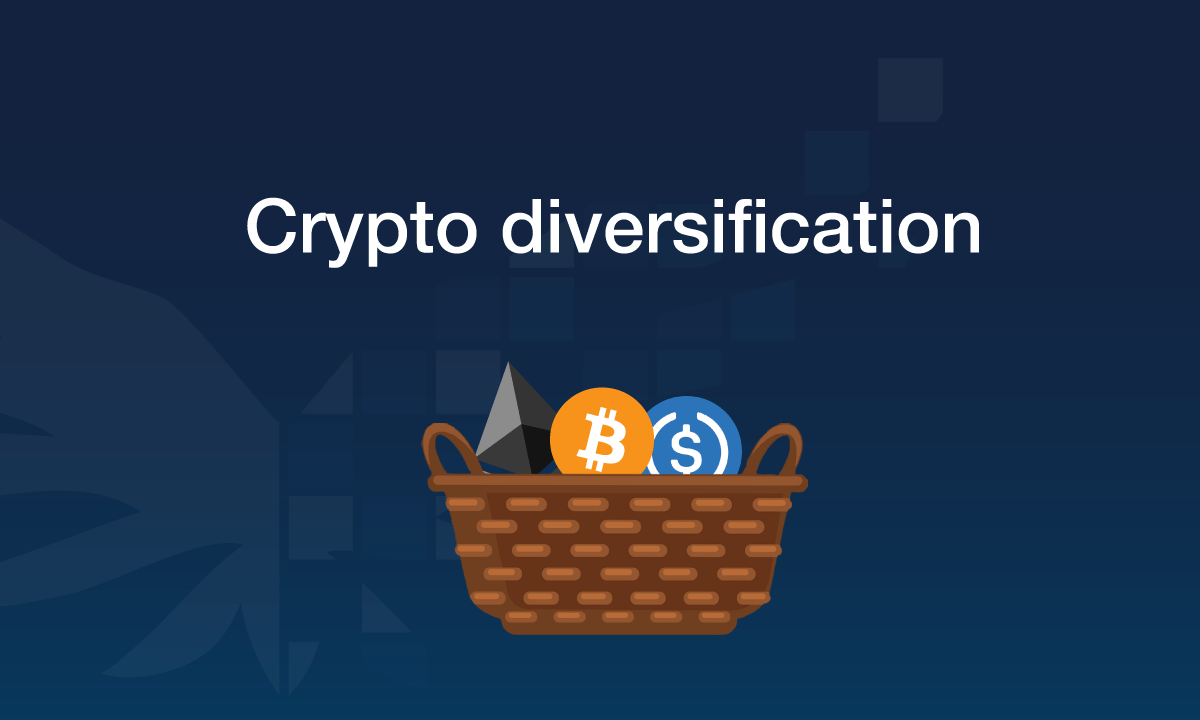Diversifying Across Blockchains: Why and How to Spread Your Crypto Investments
Cryptocurrency investing is no longer limited to buying Bitcoin or Ethereum and hoping for the best. As the blockchain space evolves, investors now have access to hundreds of different ecosystems — each with its own coins, tokens, technologies, user bases, and opportunities. This has given rise to a smart investment strategy: diversifying across blockchains.
In this article, we’ll explore what it means to diversify across different blockchain networks, why it’s important, and how to do it effectively.
🌐 What Does Diversifying Across Blockchains Mean?
Diversifying across blockchains refers to allocating your crypto portfolio among multiple blockchain ecosystems, rather than concentrating all your funds into one chain like Ethereum or Bitcoin.
This means investing in different Layer 1 blockchains (like Solana, BNB Chain, Avalanche, and Cardano), and potentially even Layer 2s or application-specific chains (like Arbitrum, Optimism, or Cosmos zones).
Each blockchain:
- Has unique technological features
- Supports different dApps, communities, and economic models
- Offers exposure to different risks and rewards
By diversifying across them, you can protect your portfolio and access more opportunities.
📈 Why You Should Diversify Across Blockchains
1. Risk Management
Relying on one blockchain exposes you to systemic risks specific to that network. For example:
- Ethereum congestion can lead to high gas fees and slow transactions
- Solana has experienced temporary network outages
- Regulatory scrutiny can hit one ecosystem harder than others
Diversification helps spread your risk across multiple ecosystems, so that issues in one don’t drag down your entire portfolio.
2. Exposure to Innovation
Each blockchain has a different focus and strength:
- Ethereum – smart contract pioneer with vast DeFi and NFT ecosystems
- Solana – high-speed, low-fee chain suitable for real-time apps
- BNB Chain – massive user base and rapid token launches
- Avalanche – scalable subnets and institutional partnerships
- Cosmos/Polkadot – interoperable multi-chain architecture
By investing across these blockchains, you gain access to unique innovations, yield opportunities, and user growth.
3. Participation in Airdrops and Incentive Programs
Many newer chains offer airdrop rewards, liquidity mining, and staking incentives to attract users.
If you’re active across multiple blockchains, you:
- Increase your chances of receiving airdrops (e.g., Arbitrum, Optimism)
- Benefit from early adopter programs
- Earn staking or farming rewards in different ecosystems
4. Hedging Against Technical Failures
Some networks face outages, bugs, or exploit risks. If you only hold assets on one blockchain, your access or funds could be temporarily compromised.
Holding tokens on multiple chains or using multichain wallets can serve as a technical hedge.
5. Cross-Ecosystem Arbitrage
Smart investors can take advantage of price differences between tokens on different chains, or differences in DeFi yields.
Example:
- A stablecoin on Ethereum may have a different APY than the same stablecoin on Avalanche.
- NFTs might be cheaper to mint on Polygon than Ethereum.
Diversification opens up arbitrage and optimization opportunities.
🧠 How to Diversify Across Blockchains
1. Research the Major Layer 1s and Layer 2s
Begin by understanding the key players:
- Layer 1s: Ethereum, Solana, BNB Chain, Avalanche, Cardano, Polkadot, Cosmos
- Layer 2s: Arbitrum, Optimism, zkSync, Base
Assess their:
- Development activity
- Ecosystem size
- Community engagement
- Transaction costs and speeds
- Use cases (DeFi, gaming, NFTs, infrastructure)
2. Allocate Based on Risk and Time Horizon
You don’t have to split equally across all blockchains. Create a balanced portfolio based on:
- Your risk tolerance
- Project maturity (e.g., Ethereum is safer than a new chain)
- Potential returns
- Duration of holding
Sample allocation idea:
- 40% in Ethereum-based assets (ETH, DeFi tokens, NFTs)
- 20% in Solana (SOL and ecosystem projects)
- 15% in BNB Chain (BNB and PancakeSwap)
- 15% in emerging L2s (OP, ARB, zkSync)
- 10% in experimental chains (SUI, APT, Near, etc.)
3. Use Multi-Chain Wallets
To manage assets across blockchains, use wallets that support multi-chain interactions:
- MetaMask (with networks added manually)
- Trust Wallet
- Keplr (for Cosmos chains)
- Phantom (for Solana)
- Rabby Wallet
- XDEFI Wallet
Always store your seed phrase securely and enable hardware wallet support for extra security.
4. Bridge Assets Securely
To move funds between blockchains, use trusted bridges like:
- Portal Bridge (Wormhole)
- Synapse
- Stargate
- Multichain
- Celer cBridge
Double-check URLs and approvals — many bridge exploits have occurred due to fake interfaces and code vulnerabilities.
5. Explore Each Ecosystem’s dApps
Engaging with dApps helps you understand the ecosystem better and increases your chances of:
- Qualifying for airdrops
- Finding new opportunities early
- Participating in governance
Example dApps:
- Ethereum: Uniswap, Aave, OpenSea
- Solana: Jupiter, Marinade, Magic Eden
- BNB Chain: PancakeSwap, Venus
- Arbitrum: GMX, Radiant
- Cosmos: Osmosis, Kujira
6. Track Your Multi-Chain Portfolio
Use portfolio trackers to monitor assets across chains:
- Zerion
- DeBank
- CoinStats
- Zapper
- Rotki (open-source)
These tools help visualize your holdings and yield, and some even track NFT assets across chains.
⚠️ Risks of Cross-Chain Diversification
While diversification is powerful, be aware of associated risks:
- Bridge hacks can lead to losses (billions lost in the past)
- Low liquidity on newer chains may lead to slippage or lock-in
- Increased complexity — managing multiple wallets, interfaces, gas tokens
- Hidden fees when bridging or converting assets
Tip: Always do small test transactions when using new chains or dApps.
🧭 Final Thoughts: Think Multi-Chain, Act Wisely
The crypto landscape is becoming increasingly multi-chain. No single blockchain can currently meet all scalability, decentralization, and use case demands. By strategically diversifying across blockchains, you not only reduce risks but also position yourself to benefit from the best each ecosystem has to offer.
As with any investment strategy, do your own research (DYOR), stay updated, and use risk management tools. Diversification is not about chasing every new chain — it’s about building a resilient and flexible portfolio for the future of decentralized finance.




